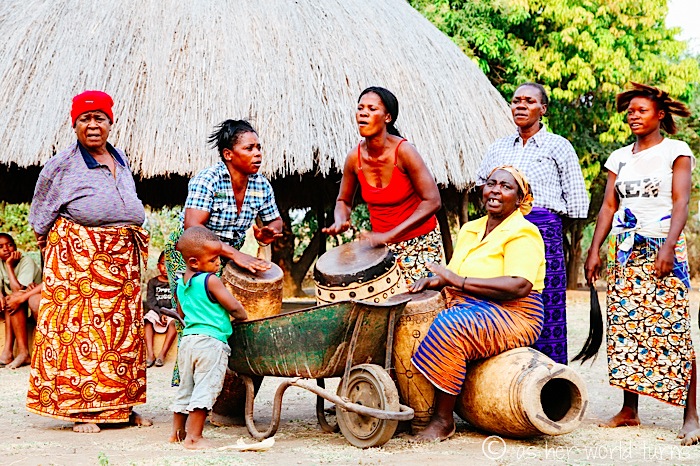Kalindula music, a genre deeply rooted in Zambian culture, offers a unique and captivating sound that has been preserving the country’s cultural identity for decades. With its distinct melodies and infectious rhythms, Kalindula music serves as a vessel for storytelling, societal commentary, and celebration of traditions.
Originating in the 1960s, Kalindula music emerged as a fusion between traditional Zambian folk music and Western influences such as Congolese rumba and jazz. It is characterized by the use of guitar, bass, drums, and brass instruments, creating a vibrant and energeticsound that is instantly recognizable.
At the core of Kalindula music lies the preservation of Zambia’s cultural heritage. The lyricsoften tackle important topics such as love, social issues, and everyday life experiences, reflecting the realities and aspirations of Zambian people. It serves as a platform for storytelling, passing down ancestral knowledge, and connecting generations.
One prominent figure in the Kalindula music scene is Paul Ngozi, also known as “The Hero of Kalindula.” Ngozi played a crucial role in popularizing the genre with his band, Ngozi Family, during the 1970s and 1980s. His songs spoke directly to the people, addressing themes of poverty, struggle, and political instability. Ngozi’s music became a voice for Zambians, resonating with their everyday struggles and offering comfort and hope.
In addition to its cultural significance, Kalindula music has played a crucial role in the struggle for independence and social change in Zambia. During the country’s fight for freedom from colonial rule, Kalindula music served as an expression of resistance and unity. Artists used their music to rally people, inspire change, and instill a sense of national pride.
Despite the influence of Western music genres on the Zambian music scene, Kalindula continues to hold its ground and evolve. Today, many contemporary artists incorporate elements of Kalindula into their music, ensuring its longevity and relevance. Artists like Amayenge, Maureen Lilanda, and Bismarck Kafusha have succeeded in modernizing Kalindula while staying true to its roots.
Efforts are also being made to preserve and promote Kalindula music on a global scale. Various organizations and festivals exist to showcase Zambia’s rich musical heritage, allowing international audiences to experience the magic of Kalindula firsthand.
Through melody and rhythm, Kalindula music has become an integral part of Zambia’s cultural fabric. Its ability to bridge generations, address social issues, and inspire change solidifies its place as an essential component in preserving Zambia’s identity. As long as the Kalindula beats continue to resonate, Zambia’s cultural heritage will not only survive but thrive.








